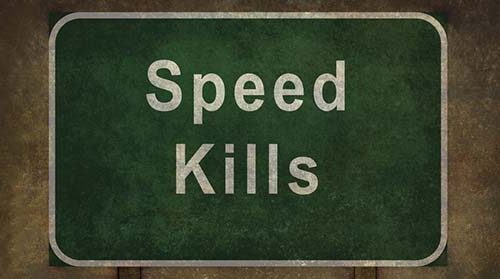Speed measures set the limit for drivers

New research has found that 20mph limits backed by physical measures have substantially greater speed and casualty reduction benefits than those without.
The research project was carried out by the Parliamentary Advisory Council for Transport Safety (PACTS), with an international team of road safety experts, and was made possible by funding from The Road Safety Trust.
The project set out to explore the evidence from six countries in mainland Europe as well as in the UK where more and more towns and cities are introducing 20mph limits.
The PACTS report notes that lower urban speeds can play an important role in delivering casualty reductions and increasing active travel.
It finds that the extent to which 20mph schemes deliver actual speed and casualty reductions depends on whether they are supported by other measures, such as road humps and/or changes in relative road width.
Schemes without other measures result in modest speed reductions, but when a speed limit of 20mph is introduced with physical measures, speed is normally reduced to less than 20mph, provided it was less than about 30mph before the measures were implemented.
Margaret Winchcomb, deputy executive director at PACTS, said: “20mph is now generally accepted as the safe speed for streets used by people walking, cycling or wheeling. At 20mph a pedestrian is likely to survive an impact with a motor vehicle whereas at 30mph the pedestrian is significantly more likely to be killed.
“Traffic speeds of around 20mph also make walking and cycling more appealing – a crucial step towards the Government’s desire that 50% of journeys will be walked or cycled by 2030. This report shows that public money spent on self-enforcing 20mph zones has substantially greater effects than when it is spent on just the signs and road markings of 20mph limits.”








